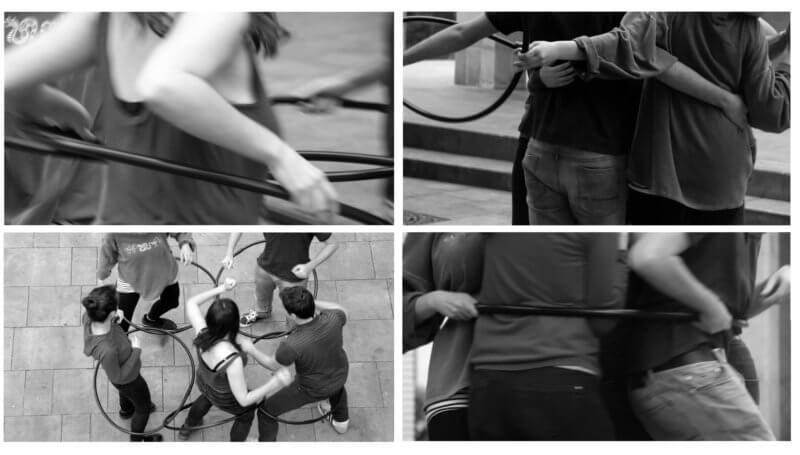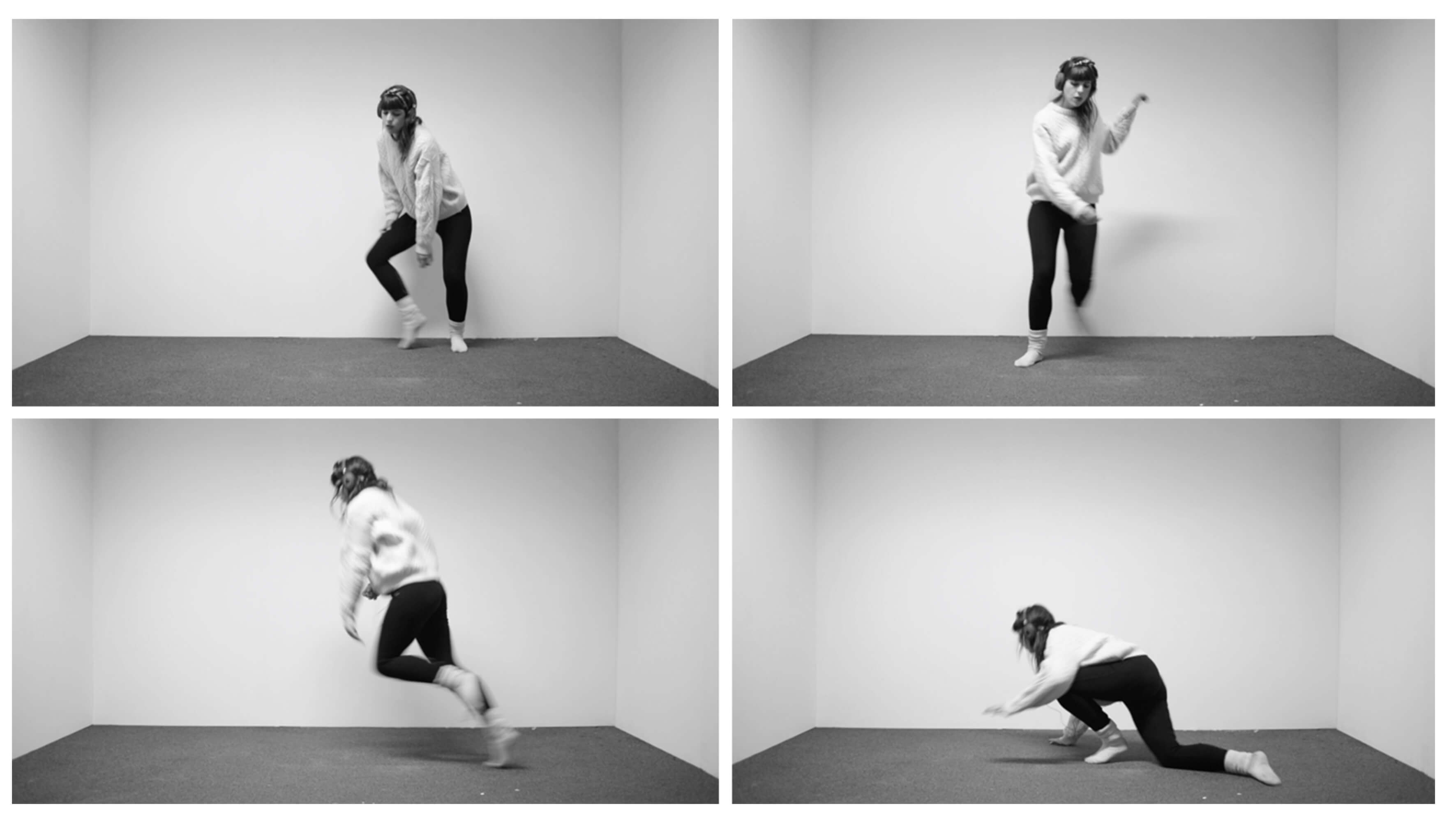The artist Rosana Antolí participated in the When Lines Are Time programme curated by Martí Manen and held in Espai 13 at the Fundació Joan Miró during the summer of 2016. At her request, the exhibition opened up a dialogue by allowing interested individuals or groups to reserve a time and give their on-site response to the artist’s work. Rosana Antolí speaks about this experience in our blog and shares her video based on the responses. Next 26 January the artist will present the publication that covers all the participation processes from her show at Espai 13.

Responses at an exhibition
From July through September, I was invited to show at Espai 13 at the Fundació Joan Miró, as part of the When Lines Are Time exhibition programme curated by Martí Manen. I tried to answer the question of whether one could produce a continuous movement. Or whether we can extend a moment that we know is going to end. And how we experience this existential repetition in our everyday lives and face these actions that we know ahead of time are bound to fail but have to be done anyway.
How we can try to make an endless movement (with a body).

Rosana Antolí. Eternal Return of the Same. 10’27’’. HD 1920 x 1080. Barcelona-London, 2016
I conceived an entire exhibition in which the different media I used – painting, drawing, sculpture, video, and performance – were all part of a joint choreography.
I placed the objects, the performers and the visitors at the same level, pushing the concept of uncertainty a bit further by not choosing all the performers myself, but instead openly inviting the viewers to participate and seeing what unforeseen relationships would emerge.
The book I will be presenting on 26 January at the Fundació Joan Miró, Respuestas en una exposición (Responses at an exhibition), compiles all the performance actions that took place during my show there – both the responses given within the physical exhibition space and the streamed contributions. Different proposals for the same concept.
One of the aims of this publication is to seek tangibility for something that was as ephemeral as the performance responses that occurred in Espai 13. I am interested in being able to reflect upon the concepts of movement within the museum, both of the pieces on display and of the rhythm that is generated by the exhibition.
The act of inviting people to participate and make the show their own as well gives the exhibition a character that is never closed, as it can be constantly revisited and rethought by others. The exhibition opens up to become a platform for exchange and a venue for the visual continuity of movement.




